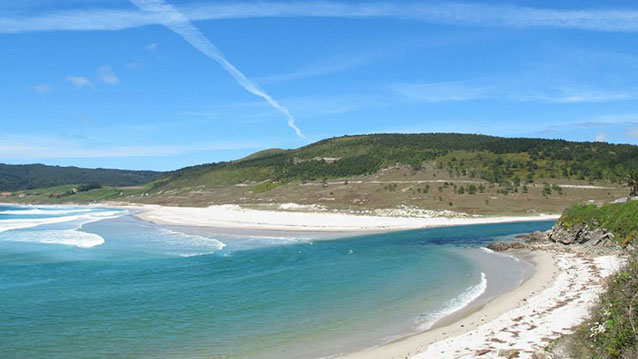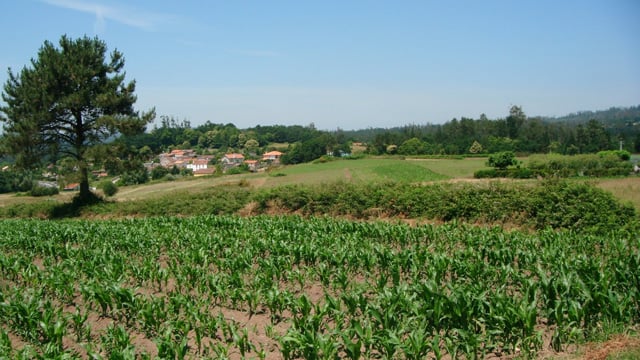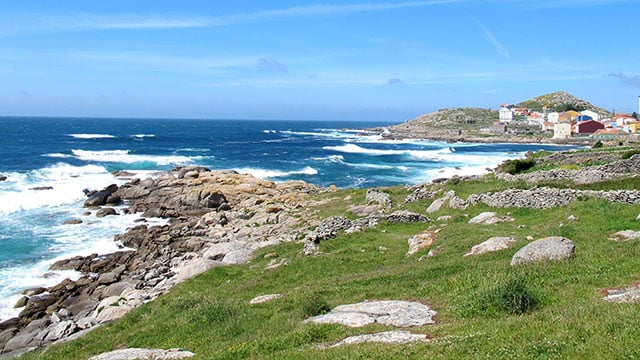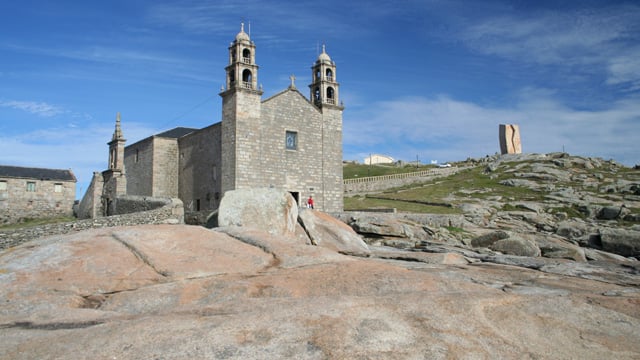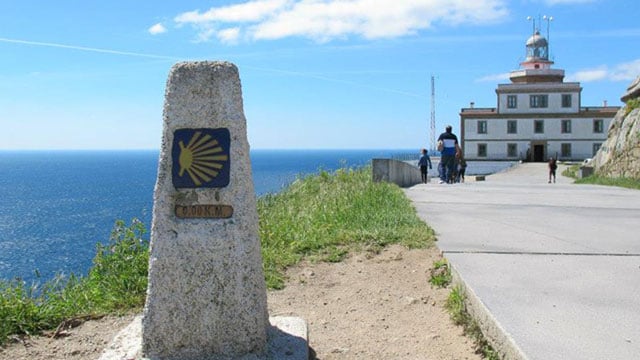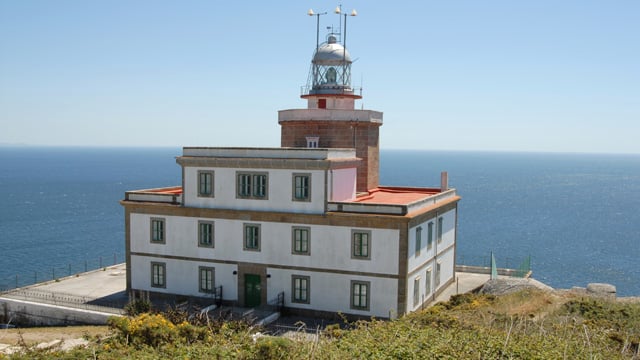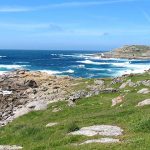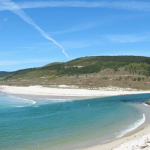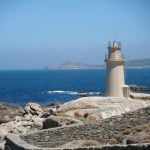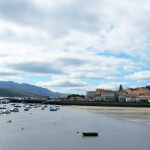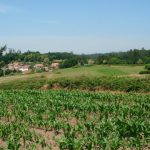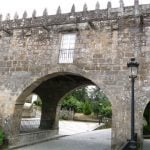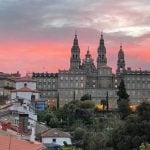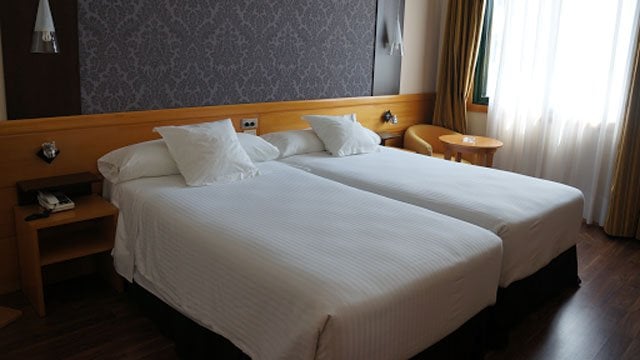Reverse Camino Finisterre (Muxia to Santiago)
The Camino Finisterre to Santiago [Reverse] or Camino de Fisterra is a unique route traditionally starting in Santiago. However, in this route you have the option to start in Muxia or Finisterre, believed to be the ‘Edge of the World’, and finishing up in Santiago de Compostela. This trail takes pilgrims east from the stunning Atlantic coast of Galicia. Once in Fisterra, enjoy a well-earned swim in the sea. For a really special experience, we recommend starting in the quaint fishing village of Muxia and then walking along the rugged coast, famed among pilgrims for its picturesque sanctuary by the ocean and ‘magic’ stones. Contact our travel team to learn more about the Camino Finisterre to Santiago [Reverse].
Please note, if you’d like to get your Compostela certificate in Santiago, you will need your Camino Finisterre to Santiago [Reverse] to start in Muxia to cover the minimum distance required.
This route can also be done from Santiago to Finisterre or Muxia. We also have a Camino Finisterre guided tour available.
This Camino route pre-dates Christianity, as pagans would head to mythical Cape Fisterra on the Costa da Morte (Coast of Death) where they believed the sun died and the worlds of the dead and the living became closer. Prayers would be said and offerings would be made to please the gods. It was a place rich in pagan rites, myths and legends. Fisterra is also believed to be the location of Ara Solis, a magical place and altar dedicated to the dying sun.
Fisterra was believed to be the most westerly point in Europe by the Romans, the place where the sun disappeared into the ocean and they named it accordingly: Finis Terrae, land’s end. This was the place also believed to be the final destination of a route marked in the sky by the Milky Way. As they arrived, pilgrims used to burn the clothes they had walked in for so many days, as a act of closure and purification. Many also went for a swim in the sea, which we recommend, as a much more eco-friendly activity!
You can extend your Camino journey by starting in A Virxe da Barca in Muxía along beautiful coastal paths to the sanctuary of Cape Fisterra, a traditional pilgrimage destination in a stunning location overlooking the Atlantic Ocean.
CAMINO HISTORY
From the 12th century, the Codex Calixtinus associated these lands with the pilgrimage tradition. This medieval Camino ‘guidebook’ tells the story of how the disciples of Saint James travelled to the city of Dugium, in present-day Fisterra, seeking authorisation from a Roman legion to bury the apostle at the site where Compostela stands today. The Romans, suspicious of their motives, threw them into prison. However, they eventually managed to escape, and just as the Roman troops were about to catch up with them, they scurried over a bridge that collapsed just as the Romans were attempting to cross in pursuit.
According to medieval tradition, the Virgin Mary came to this beautiful spot in a ‘stone boat’ (hence its name ‘Virxe da Barca’, our Lady of the Boat) to support Saint James.
The Fisterra Camino is frequently referred to in Odeporic literature. The oldest story is that of George Grissaphan, a Magyar knight from the 14th century. The story recounts his adventures as a pilgrim and hermit in Fisterra. In the late 15th century, Polish pilgrim Nicholas von Popplau journeyed to Muxía after having visited Compostela. He described the remains of the “wrecked ship, made of genuine stone” belonging to the Virgin Mary.
On his pilgrimage from Italy, the Venetian traveller Bartolomeo Fontana (16th century), visited Fisterra and reported that those who were free of mortal sin could move the stones of the ship of Muxía with just one finger. Domenico Laffi (17th century) the clergyman and scholar from Bologna, journeyed to Fisterra as well. He wrote of the lighthouse guiding the sailors to safety through the turbulent waters in the area. Many of these stories mention the Mount of Saint William, who was a legendary hermit in the area. This hermitage, no longer standing, was associated with fertility rites.
Read our latest Finisterre Camino articles on our blog: Camino blog.
Click below to create or customise your Camino Finisterre to Santiago trip. You can walk or cycle.
